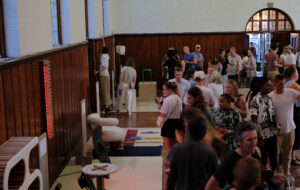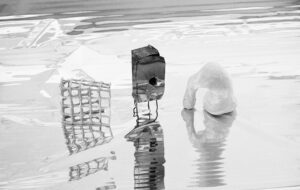‘There’s a welcome excitement for change in the air, in Venice, UK and beyond,’ writes Design Can’s Bisila Noha, following a visit to the Venice Architecture Biennale
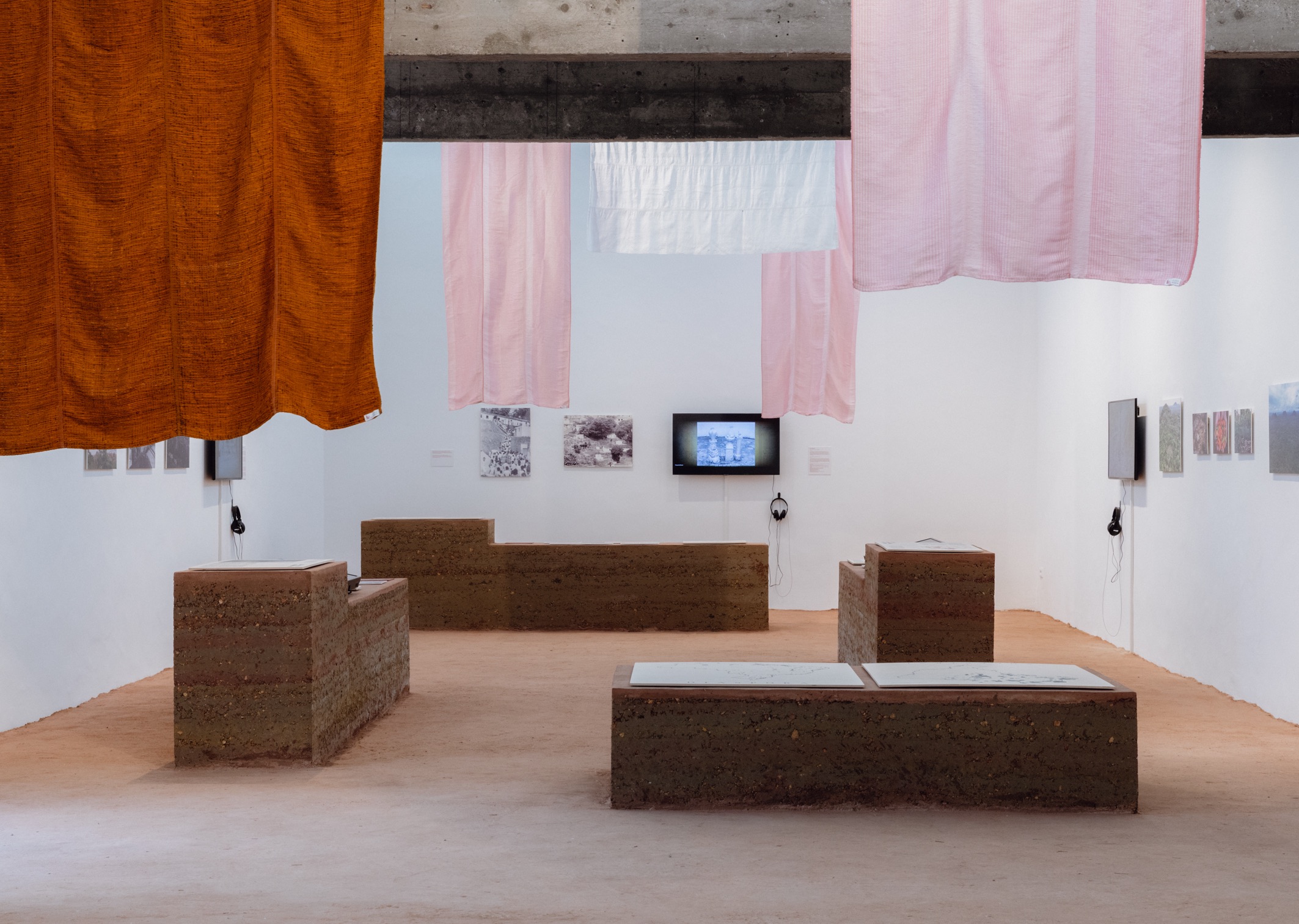 Photography by Matteo de Mayda, courtesy of La Biennale di Venezia, featuring Pavilion of Brazil, Terra [Earth]
Photography by Matteo de Mayda, courtesy of La Biennale di Venezia, featuring Pavilion of Brazil, Terra [Earth]
Words by Bisila Noha
It is 11am on a Thursday in Venice, Italy. A room starts filling with expectant faces, all ready to hear about this year’s Architecture Biennale from the curator herself, Lesley Lokko. One might expect predominantly establishment figures and the dominant culture. This year, though, we were excited to encounter architecture that looked beyond the conventions and the status quo.
Lokko explained to the crowd how she sees this Biennale as an opportunity to expand the conversation, thinking about decarbonisation and decolonisation in tandem. As the black body was Europe’s first unit of energy, it is important to consider the connection between the legacy of slavery and empire, and what a green future might hold. As she said: ‘When we talk about decarbonisation, we are not only looking at it through a scientific, quantitative lens. It is intimately entwined with decolonisation.’
Architecture should go beyond bricks and mortar. Space-making that has the individual at its core and that focuses on bringing people together, can foster a deeper sense of community. Speaking to us about his involvement with the biennale, Rhael ‘LionHeart’ Cape Hon FRIBA said, ‘it was a moment of being truly recognised, acknowledged and highly regarded as a black artist, poet, creative. I am a multidisciplinary who writes for those with walls for windows.’
 Photography by Marco Zorzanello, courtesy of La Biennale di Venezia, featuring Pavilion of Great Britain, Dancing Before the Moon
Photography by Marco Zorzanello, courtesy of La Biennale di Venezia, featuring Pavilion of Great Britain, Dancing Before the Moon
This biennale is particularly crucial for migrant and diasporic communities. Displaced – and often unwelcome or overlooked in their new homes – these communities can find solace in spaces whose architectural elements recognise the people, their rituals and feelings. The British Pavilion is one such example.
In the pavilion’s exhibition and across the upcoming public programme, they want to celebrate the African, Caribbean and South Asian diasporas in Britain – their cultures, traditions and rituals that hold the communities together, fostering new perspectives and possibilities. ‘Rituals can become powerful, disruptive tools for facilitating occupation and supporting different lived realities,’ the curators explained.
From Mac Collins’ jaw-dropping piece on the hybridity of being from a mixed heritage, to the rituals beautifully portrayed in Joseph Douglas Elmhirst’s movie ‘Burnt Milk’, the expanded notion of architecture rang through the exhibition. Similarities could be found elsewhere across the Giardini and biennale as a whole. Inspired by community and a sense of belonging, architects, artists and creatives of many stripes were making their claim to celebrate, to proudly and unapologetically occupy space.
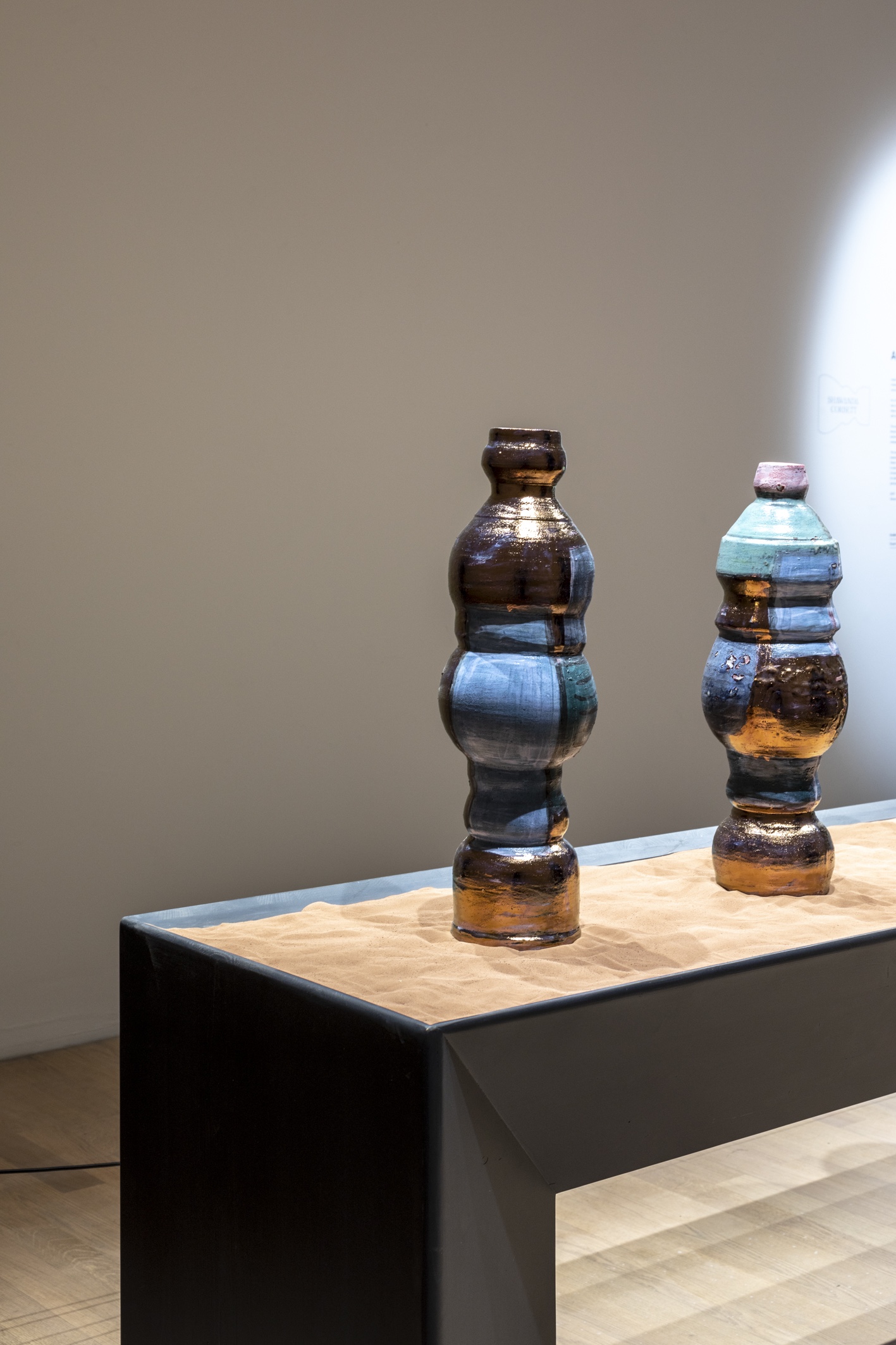 Photography by Marco Zorzanello, courtesy of La Biennale di Venezia, featuring Pavilion of Great Britain, Dancing Before the Moon
Photography by Marco Zorzanello, courtesy of La Biennale di Venezia, featuring Pavilion of Great Britain, Dancing Before the Moon
‘Walking up the stairs to the British Pavilion and hearing Oscar #Worldpeace’s ‘No White God’ emanating from the building perfectly captures my feelings towards this year’s biennale,’ architect and lecturer Giles Nartey told us.
‘Ever since I first attended the Architecture Biennale in 2014, I had always felt the space and the event required one to alter oneself to be more palatable for the readily accepted canon. Hearing a sound so synonymous with unfiltered blackness claiming space filled me with pride and served as a reminder that participating can also mean authentically belonging.’
Some might say that is not architecture. We say that’s exactly what architecture is about. With all those transformational feelings of belonging, we could not help to think about those still missing. Those for whom access is still thwarted. From the moment one arrives in Venice, the city is full of physical hurdles.
Bridges with no ramps, narrow alleyways. Once at La Biennale, the barriers continue. Pavilions only accessible through a staircase, illegible curatorial labels and statements, poor lighting and dark rooms and rooms filled with videos whose audio overlaps making it hardly impossible to hear a thing. No braille. No sign language interpretation. Few participants who identify as disabled.
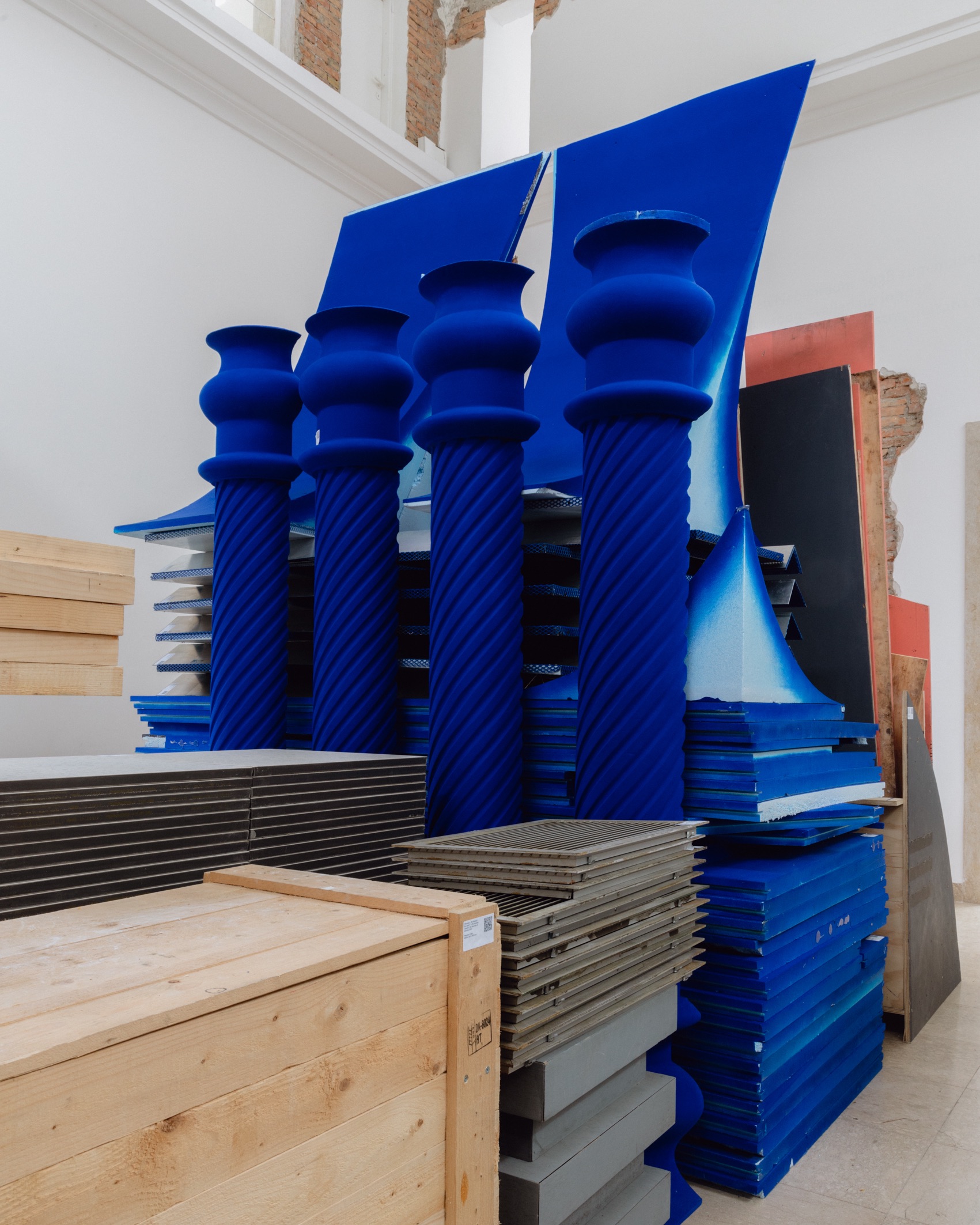 Photography by Matteo de Mayda, courtesy of La Biennale di Venezia, featuring Pavilion of Germany, Open for Maintenance – Wegen Umbau geöffnet
Photography by Matteo de Mayda, courtesy of La Biennale di Venezia, featuring Pavilion of Germany, Open for Maintenance – Wegen Umbau geöffnet
As we look towards a new future, we can’t repeat the mistakes of the past and leave others behind. Architecture should lead the change towards making society fully accessible. Some of that change is happening right before our eyes. Take the German Pavilion for instance. They recycled materials from last year’s biennale and built a wheelchair ramp to their entrance – while also ensuring the rest of the installation was environmentally friendly, including proposals for water usage and waste management.
Back at home in the UK, others continue inspiring work around accessibility and challenging ableism. On 6 June, Chris Laing launched the Deaf Architecture Front, a platform and collective that aims to bridge the gap between the deaf community and architecture. The problem they’re facing is stark. A total 80% of deaf architects, including students training to be architects, feel isolated in their places of work, according to a recent survey they ran. Resources to support them are lacking as just 12% of BSL interpreters and translators are not familiar with architectural terms.
Many others are part of this fight too. There’s Dis, a disability-led research collective using storytelling to advocate for the value of disabled experience within space and culture. They see highlighting the experience of disabled people as vital to challenging their systemic absence in the built environment, a living reality that comes with its own way of being and acting in the world. As co-founder Jordan Whitewood-Neal told the RIBA Journal back in November 2022, ‘the architectural discipline has in the last few years finally begun to address race and gender inequities, but disability always trails behind’.
There’s a welcome excitement for change in the air, in Venice, UK and beyond. We hope everyone around us can feel see, one day – sooner rather than later.
Get a curated collection of design and architecture news in your inbox by signing up to our ICON Weekly newsletter

